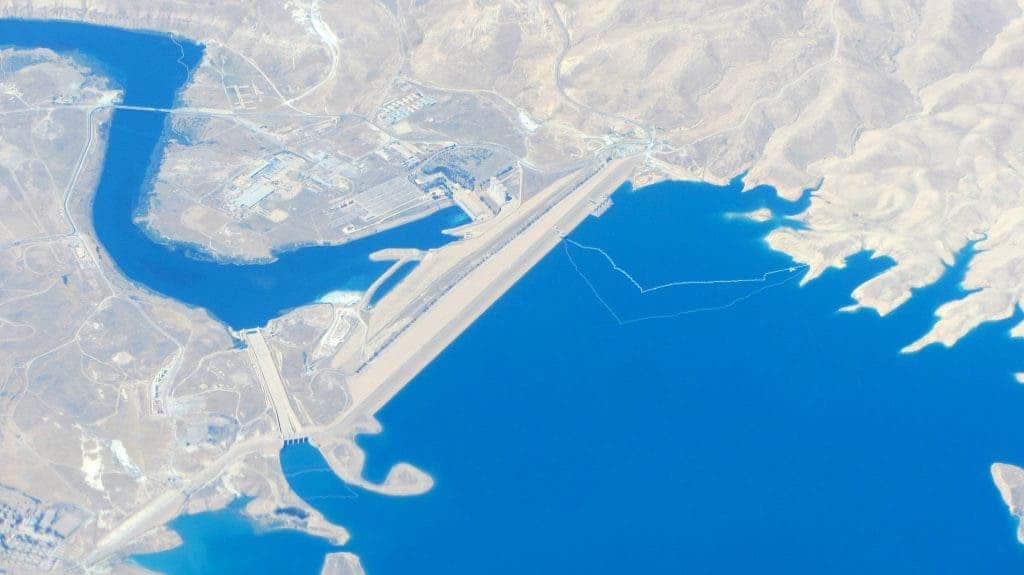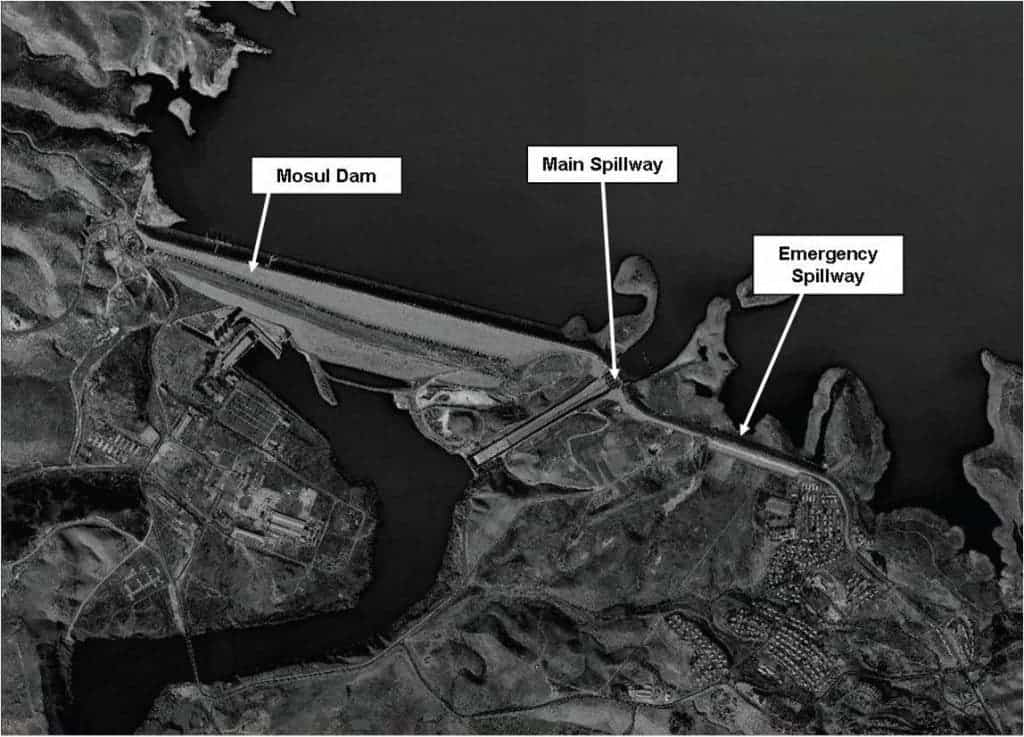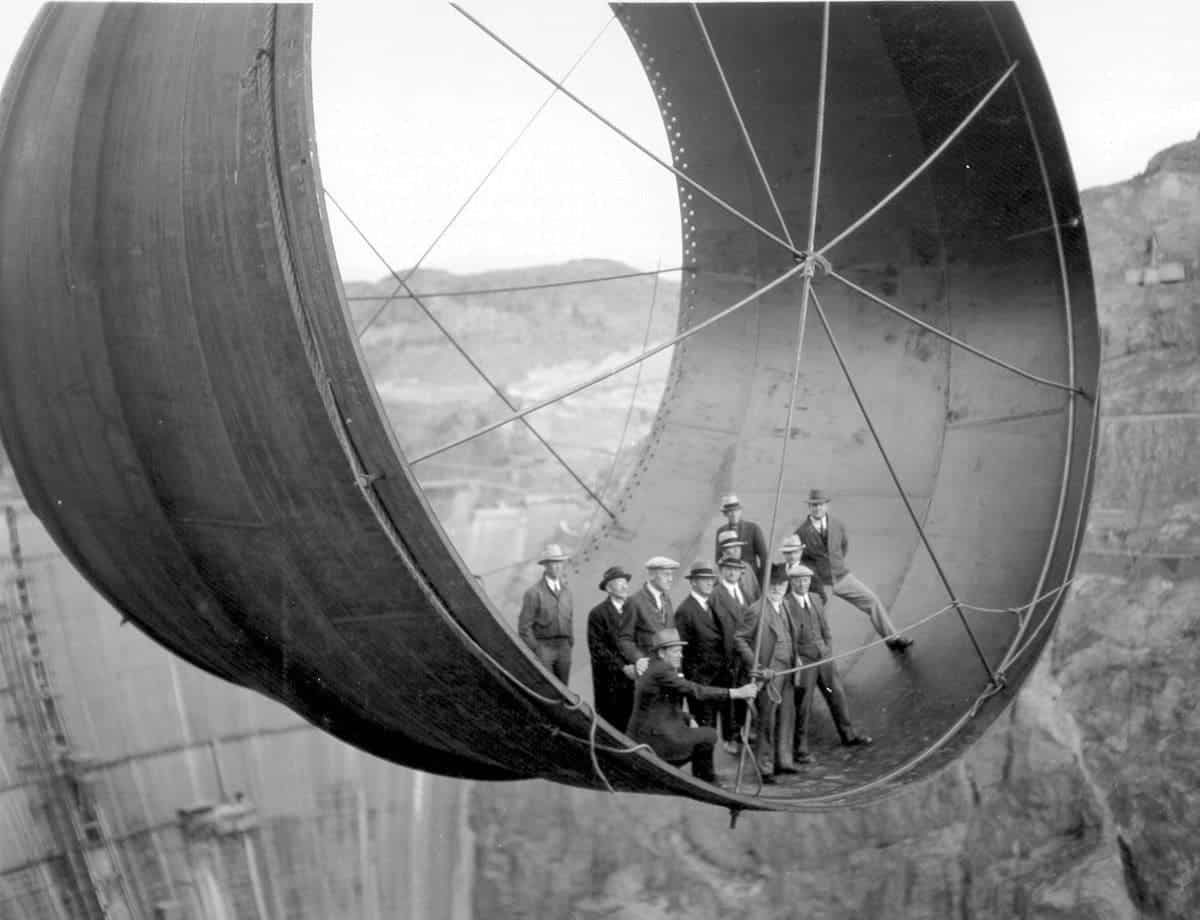A tragedy is just waiting to happen in one of the largest cities in the Middle East, engineers warn. The Iraqis who built the dam structure for the Mosul dam warn that the structure is “increasingly precarious” and threatens to kill 1 million people. They also said the government’s answer has been ridiculous.

The Mosul Dam is the largest dam in Iraq, providing electricity for the 1.7 million residents of Mosul. However, it has a long record of instability. Built in an unstable geological setting, the earthen embankment dam is located on top of gypsum, a soft mineral which dissolves in contact with water – a recipe for disaster. Leaks began right after the dam was built in 1986, with 24 machines continuously pumping grout into the dam base. More than than 50,000 tonnes of material have been injected, but did little to stabilize the structure. A September 2006 report by the United States Army Corps of Engineers noted, “In terms of internal erosion potential of the foundation, Mosul Dam is the most dangerous dam in the world.”
Now, the engineers responsible for building the structure in the first place warn that the situation is reaching critical levels, after winter snows melted and more water flowed into the reservoir, raising pressure. After the city was more or less under the control of the Islamic State, the injection machinery wasn’t operated anymore and the maintenance crew was dissolved. The government was slow in reacting, and while negotiations with an Italian construction firm for carrying out urgent repairs is being discussed, no agreement has been reached.

Nasrat Adamo, the dam’s former chief engineer who spent most of his professional career patching the fundamental flaws of the dam said that the situation has been disastrous after ISIS.
“We used to have 300 people working 24 hours in three shifts but very few of these workers have come back. There are perhaps 30 people there now,” Adamo said in a telephone interview with the Guardian. “The machines for grouting have been looted. There is no cement supply. They can do nothing. It is going from bad to worse, and it is urgent. All we can do is hold our hearts.”
Nadhir al-Ansari, another Iraqi engineer from when the dam was built, voiced concerns about rising water levels.
“The fact that the bottom outlets are jammed is the thing that really worries us,” said Ansari, now an engineering professor at the Luleå University of Technology in Sweden. “In April and May, there will be a lot more snow melting and it will bring plenty of water into the reservoir. The water level is now 308 metres but it will go up to over 330 metres. And the dam is not as before. The caverns underneath have increased. I don’t think the dam will withstand that pressure.
He also warned that if the dam actually collapses, the consequences will be incalculable. There’s no backup plan, no evacuation plan, and officials don’t seem interested or able to deal with this problem.
“If the dam fails, the water will arrive in Mosul in four hours. It will arrive in Baghdad in 45 hours. Some people say there could be half a million people killed, some say a million. I imagine it will be more in the absence of a good evacuation plan.”
The US embassy in Baghdad has already warned American citizens to leave the city. We don’t know when the dam will collapse, but this scenario is becoming more and more likely.





